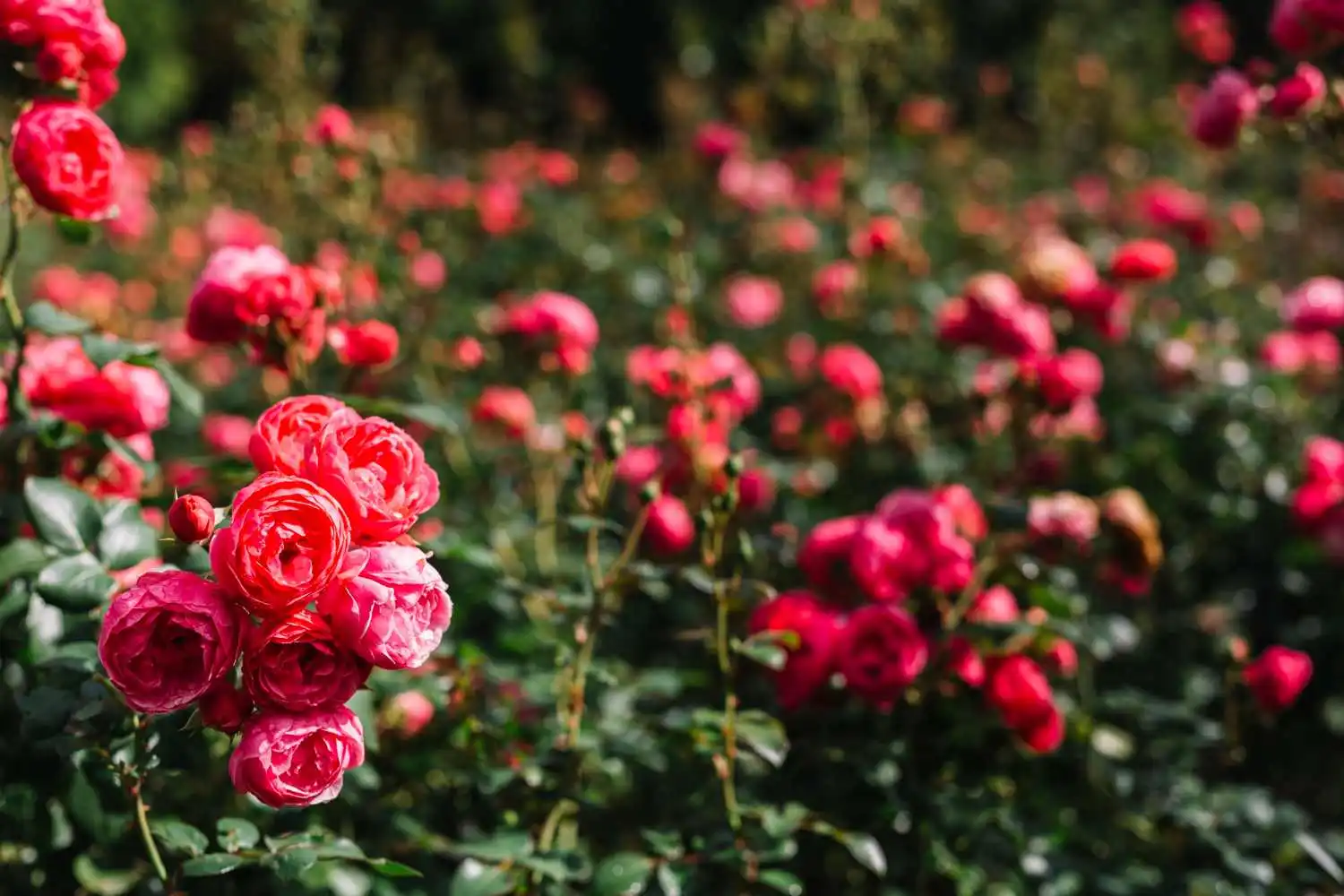There’s nothing quite like the beauty of rose flowers blooming in your garden. From their delicate fragrance to their rich symbolism, rose flowers have long been a favorite among gardeners and flower enthusiasts. If you’ve been dreaming about cultivating your own roses flowers, this guide will take you through every step you need to know about how to plant rose bush varieties and care for them.
You May Be Interested In: How To Garden
When to Plant Roses
One of the most frequently asked questions by gardeners is, when do you plant roses? Timing is everything when it comes to growing healthy, thriving rose flowers.
Best Time and Season to Plant Roses
The best time to plant roses depends on your local climate, but generally, early spring or fall is ideal. In regions with harsh winters, planting in early spring gives the plant enough time to establish its roots before the cold arrives. Conversely, in areas with mild winters, fall is considered the best time for rose planting.
So, when is the best time to plant rose bushes? Aim for a period when the ground is workable, and frost risk has passed. A good rule of thumb is when daytime temperatures consistently stay above 10°C (50°F).
Many also wonder when should you plant a rose bush if you live in a tropical or subtropical region. In these areas, it’s often possible to plant roses year-round, though avoiding peak heat is advisable.
Where to Plant Roses
Equally important as timing is choosing where to plant rose bushes. Rose flowers love sunlight, so select a spot that receives at least 6–8 hours of direct sun daily. Good air circulation is also crucial for preventing disease.
Avoid low-lying areas where water tends to accumulate. Poor drainage can lead to root rot, one of the most common problems for rosebushes. If necessary, improve soil drainage by planting on a mound or raised bed.
Pick the Correct Rose Style and Variety
Before planting, decide which type of roses flowers you’d like to grow. Different types have different needs, growth habits, and visual effects in your garden.
Climbing Roses
These varieties are ideal for trellises, fences, and arches, providing vertical interest and lush rose flowers coverage.
Hybrid Tea Roses
Famous for their long stems and classic form, hybrid teas produce one large rose flower per stem and are popular in bouquets.
Miniature Roses
Perfect for containers or small spaces, these compact plants offer abundant rose flowers in miniature form.
Shrub Roses
Low-maintenance and disease-resistant, shrub roses flowers produce clusters of blooms and are great for hedging or mass planting.
Taking Care of Roses
Successful rosebushes cultivation doesn’t stop after planting. Here’s how to nurture them for optimal growth.
Planting Roses
Start by digging a hole twice as wide and as deep as the rose’s root ball. This gives the roots room to spread.
Mix organic compost into the soil. Organic matter improves soil structure and supplies nutrients essential for rose flowers.
Place the rosebushes in the hole, making sure the graft union is just above the soil line. Fill the hole halfway with soil, add water to settle it, then finish filling and water again.
Deadheading Roses
Remove spent rose flowers regularly to encourage continuous blooming. Snip the stem just above the first set of healthy leaves with five leaflets.
Watering Roses
Water deeply and consistently. In hot weather, rosebushes may need water every day. Always water at the base of the plant to keep foliage dry, reducing the risk of disease.
Common Mistakes to Avoid When Planting Roses
Many novice gardeners make avoidable errors. Avoid these to keep your rose flowers healthy:
- Planting in too much shade
- Using poor or compacted soil
- Neglecting to space rosebushes adequately
- Overwatering, leading to root rot
- Failing to deadhead spent rose flowers
How to Prepare the Soil Before Planting
Healthy soil is critical for thriving rosebushes. Start by removing weeds and debris. Loosen the soil to a depth of 18 inches and mix in generous amounts of organic compost.
A soil pH of 6.0 to 6.5 is ideal for rose flowers. Test your soil and amend if necessary using garden lime to raise pH or sulfur to lower it.
Plant Your Roses with Organic Compost
Adding organic compost isn’t optional — it’s essential for successful rose flowers cultivation. Compost improves soil aeration, fertility, and moisture retention.
When planting, mix compost into the backfill soil. After planting, top-dress the soil with a 2-inch layer of compost. This boosts nutrition and acts as a mulch.
Bonus Tips for Growing Healthy Roses
- Use slow-release fertilizers during the growing season.
- Protect young rosebushes from wind with stakes or supports.
- Regularly inspect for pests like aphids and treat accordingly.
- Prune annually to encourage new growth.
- Avoid overhead watering to reduce fungal diseases.
Growing rose flowers is both rewarding and relaxing. By understanding when can you plant roses, where to plant rose bushes, and how to care for them properly, you can enjoy beautiful roses flowers for years to come.
Whether you’re planting climbing roses, hybrid tea roses, miniature roses, or shrub roses, the key lies in timing, soil preparation, and consistent care. Now that you know when is the best time to grow roses and how to plant rose bush types, you’re ready to transform your garden.
If you’ve been wondering when to plant rose bushes or when is the best time to plant rose bushes, remember — early spring or fall is ideal. Don’t wait to start your gardening journey; get your hands dirty and experience the joy of nurturing gorgeous rose flowers.
 TR Octoen
TR Octoen
 USA Octoen
USA Octoen
 ES Octoen
ES Octoen


